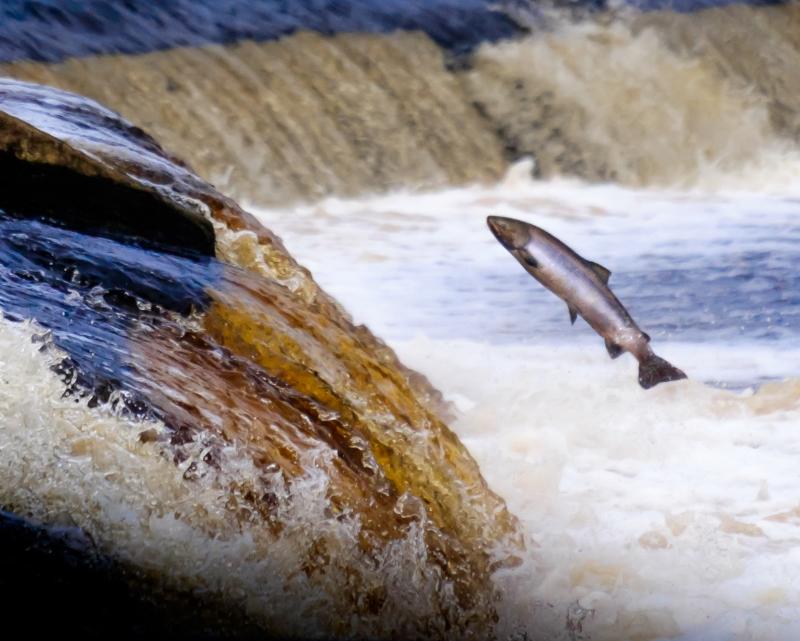Sourced in Snowdonia
The River Conwy is born in a large expanse of moorland in central Snowdonia, where it gradually builds into a river fed by the hills and bogs of Wales’ oldest national park. The river flows for just over 25 miles, broadening into an estuary south of Conwy and eventually ending its journey at the Irish Sea. While it may not be the largest of rivers by any means, it passes through a range of habitats and helps to support a great diversity of plants and animals along the way.

For wildlife watchers, it’s therefore a great destination and provides points of interest at every step. There are a great deal of woodland paths that weave alongside the riverbank and some of the more notable attractions are the Conwy Falls, which occupy a narrow woodland gorge, and Conwy Castle – a UNESCO World Heritage Site. To see the local wildlife, one of the best places to visit is Conwy Nature Reserve, which lies on the east bank of the river estuary and consists of a rich area of wetland. The reserve is popular among birds and features many lagoons, reedbeds and nesting sites, making it perfect for seasonal visitors as well as year-round residents.
The Salmon Run
While the River Conwy might be great for birdwatching, it’s also a prime location to see one of the most spectacular behaviours in the fish kingdom. The Atlantic Salmon is one of the largest salmon species, growing up to a metre in length. It inhabits the Atlantic Ocean, being especially prevalent in northern waters, but is also common in freshwater rivers that flow into the ocean. The species is anadramous – meaning it migrates from the ocean in order to breed and give birth in rivers. This gives rise to the Salmon run, a seasonal migration undertaken by adult fish that will have usually spent most of their lives maturing in the ocean.

Often, individual salmon will return to the exact stream or river where they were born, displaying a navigational skill that is not yet fully understood. Along the way, they will often have to negotiate obstacles such as rapids and waterfalls, leading salmon to make huge leaps out of the water. Some have been recorded jumping more than 10 feet high. This can be an impressive sight and is something that few people are lucky enough to see. The River Conwy is one of the places this spectacle takes place and a fish ladder has been constructed on the river to help the salmon reach their spawning grounds upstream. Top tip for seeing the salmon run in the River Conwy: visit at the beginning of Autumn, when the breeding season begins.
Orchid Grasslands
Another highlight of the River Conwy can be found within Conwy Nature Reserve. The southern end of the reserve boasts large areas of grassland that are grazed by Carneddau ponies – a breed native to Wales. Their grazing action helps to create a perfect environment for flowers such as orchids. Orchids are some of the most beautiful flowering plants in the world and five species can be found growing on the grassy banks of the River Conwy. The Southern Marsh Orchid is the most common and can be seen in its thousands, however the reserve also hosts the rarer Bee Orchid. This species is named for the way its flowers resemble Bumblebees, both in sight and in smell. The purpose of this is to attract bees to encourage pollination, and the unique appearance of the flowers makes them a must-see.
Conwy Nature Reserve is also rich in birdlife. The Spring months are dominated by breeding birds, with many migrants such as swallows and warblers returning from warmer climes. Secretive Water Rail are also present in large numbers, with some even being seen from the reserve’s cafe. The area is home to many other species as well, with butterflies and dragonflies making the most of the summer flowers and mammals such as stoats hunting in the grasslands. The River Conwy is therefore perfect for wildlife watching and is located in a beautiful setting that combines nature with culture.
